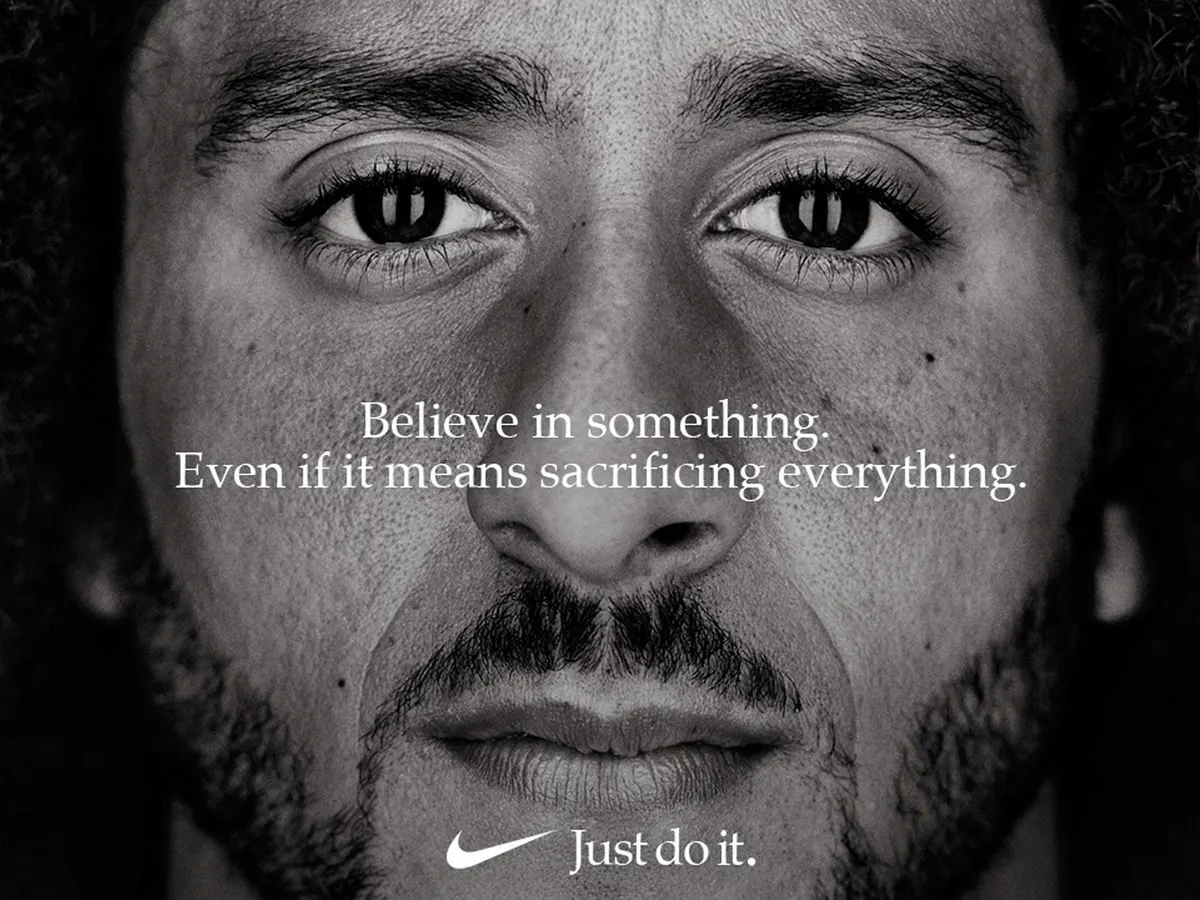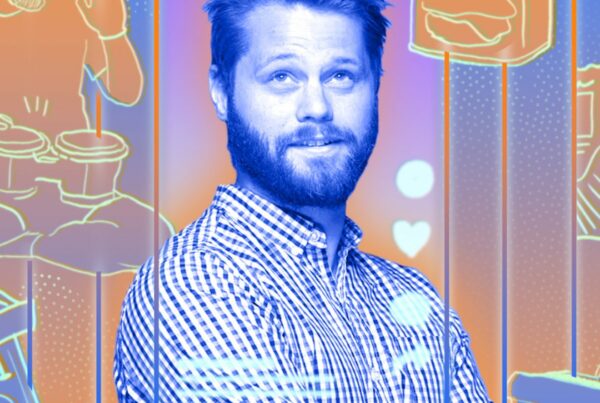How did a shoe dog become a shoe God by embracing a particular brand identity?
How might the Greek goddess of victory provide a recipe for success for your challenger brand?
And why is it not such a stupid idea to ‘dream crazy’.
This is Xtra-Ordinary Marketing – a series which explores how innovative brands are shaking up their industries with the most credible, creative and compelling comms around.
In this episode I’m looking at the ‘Hero’ archetype and studying how applying it to your marketing could help your brand stand out, create a tribe of custodians and grow!
<iframe width=”1362″ height=”766″ src=”https://www.youtube.com/embed/DYkhAEbw3z4″ title=”Shoe God | How Nike Embraced the Hero Archetype” frameborder=”0″ allow=”accelerometer; autoplay; clipboard-write; encrypted-media; gyroscope; picture-in-picture; web-share” allowfullscreen></iframe>
The Hero (sometimes referred to as ‘The Warrior’) is one of 12 personality archetypes developed by the Swiss psychiatrist Carl Jung in 1919. It was his assertion that these ‘character’ profiles exist in our ‘collective unconscious’; that we are – all of us – born, understanding the world through the lens of heroes, outlaws, spiritual guides etc.
As such, humans have become extremely adept at recognising these archetypes in the world around us and adjusting our attitudes, expectations and allegiances towards certain personality types accordingly.
Nowadays, many brands use these archetypes to give their marketing a focus, their product a point of differentiation and their target customers a reason to believe in them.
‘The Hero’ is an archetype which is characterised by its primary desire to make a mark on the world through the mastery of a skill.
The hero is highly principled and expresses him or herself primarily through their just cause; their judgement on what is right and wrong in the world. Often a strong personality in-and-of themselves, they work with other archetypes to achieve their ends, but they are intrinsically individualistic. Their path must, ultimately be theirs to take.
As such, bravery is required to be a ‘hero’, as is an understanding that, to coin a wrestling phrase, every ‘face needs a heel” i.e. you must have an enemy; someone or something you are railing against.
And in the next section I’ll dig into the most famous example of a ‘hero’ in modern branding – the company with humble origins in the U.S. state of Oregon.
SHOE GOD
“We were the type of people who simply couldn’t put up with corporate nonsense. We were the type of people who wanted our work to be play. But meaningful play. We were trying to slay Goliath… We were fighting against conformity, against boringness, against drudgery. More than a product, we were trying to sell an idea; a spirit.”
These are the words of Nike founder Phil Knight in his book Shoe Dog. As he recalls, he first said those words all the way back in 1974. It’s clear that, even then, he was a man on a mission, the head of a company with a cause.
That mission – that fight against boringness and drudgery – would see the company redefine the sports shoe many times over, through their waffle trainer, to their air-cushioned soles to the recent vaporfly model that was so good it got banned from the Olympics.
It would see them become synonymous with the sporting achievements of Michael Jordan, Kobe Bryant and Tiger Woods.
But it would also see them align themselves with Colin Kaepernick – the controversial American Football Quarterback who has been effectively shunned by the NFL for having taken the knee in support of the Black Lives Matter movement.
When Nike released an ad they called ‘Dream Crazy’ featuring him alongside the statement, “Believe in something. Even if it means sacrificing everything”, their tacit support for both the player and his opinions drew criticism from the then-President Donald Trump and saw some Nike customers burning their trainers on social media.
Nike held their nerve.
Year-on-year sales rose by 31% within days of the ad’s release. Stocks rose by 5% the following week. The ad even won an Emmy.
Of course, Nike knew it would be successful. They have a long track record of running ads that address subjects like failure, role models, the perception of women in sport, disability and even obesity. They’ve lit the blue touch paper on these topics since they started advertising in the late 1970s.
And the company don’t see themselves changing that mission anytime soon. Just as one of their earliest campaigns stated, “There is no finish line’.
Has it worked?
Nowadays, Nike is the world’s largest supplier and manufacturer of athletic shoes, apparel, and other sports equipment and the most valuable apparel brand in the world according to Statista.
In the past five years, Nike, Inc. has employed more than 70,000 people worldwide. It generated more than 17 billion dollars in revenue in the U.S. alone in 2021.
So, while your company probably isn’t hitting those sorts of numbers, how can you too set yourself up for success by channelling the goddess of victory?
RECIPE FOR VICTORY
The first thing to mention is that archetypes only work if applied consistently. You cannot simply make one inspirational ad and then have everything else you do be corporate and devoid of personality.
Nike has grown to where they are now because they have lived that empowered, inspirational ‘Just Do It’ message in absolutely everything they’ve done since the beginning – from their ads, to the athletes they bring on board, to their innovative approach to product design.
Hero brands focus on individuals and their causes. They study a subject like racism, fame or failure from a single person’s perspective. And that person isn’t always a superstar, by the way.
They don’t do artificial smiles. They rarely do celebrations of any sort because to do so might imply the mission is complete and, as we all know, ‘there is no finish line’.
They’re comfortable with showing discomfort, or making you feel uncomfortable if you happen to be part of the problem.
They let their ambassadors do the talking. And they don’t put words into their mouth. You don’t get Michael Jordan telling you his trainers are “available at all good sports shops”.
Hero brands speak in declarative sentences. They keep the message short and to the point. They’re super confident and rarely light-hearted. Their mission is something they take extremely seriously.
They are articulate, enlightened and measured.
Finally, because Hero brands focus on the subjects that matter to their tribe rather than on their product, it must be accepted that results from marketing will take time. Remember, “more than a product, [Nike] were trying to sell an idea; a spirit.”
And ideas take time to manifest. But when they do, they are the most powerful things in the universe.
For more on establishing a brand identity, check out my episode on ‘How to Not Be Boring’.





